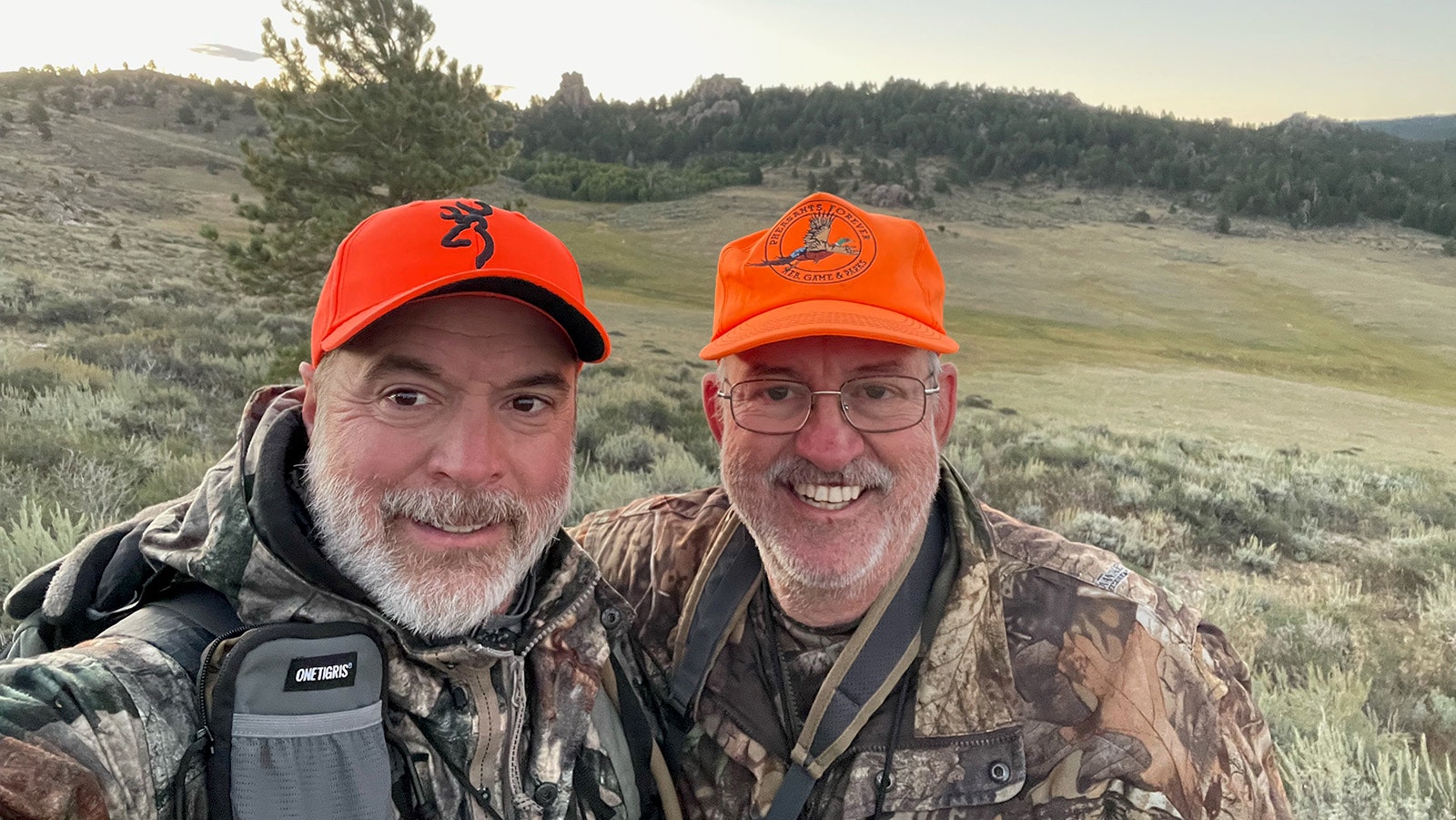At least when marinated in Italian dressing, prairie dog isn’t half-bad table fare, a South Dakota man who once dined on the burrowing rodents told Cowboy State Daily.
Considering that the typical prairie dog diet is similar to that of cottontail rabbits, it should come as no surprise that the meat of the two critters is of similar quality, said Gerald Jasmer.
“If you consider what prairie dogs eat — other than the fact that they can be little cannibals — they eat the choicest shoots and the most tender grasses,” he said. “Their diet is similar to that of a bunny. And bunnies sometimes eat their own poop, but people still like rabbit meat.”
Prairie dogs were on the menu during a conservation dinner in western Nebraska he helped organize in the 1990s.
“I would guess that 15-20 men and women tried them and I believe the honest ones would say that the prairie dog tasted better than the prairie grouse. I would eat it again, as long as I could follow it up with a well-prepared bison steak,” Jasmer said.
Jasmer reached out and shared his story with Cowboy State Daily in response to a recent story about what animals to eat in a survival situation, in which some Wyoming outdoorsmen balked at the idea of ever having to resort to eating prairie dogs.

Long Conservation Career
Jasmer recently retired from a career with the USDA’s Natural Resource Conservation Services. He worked in several states, including Wyoming, Nebraska and South Dakota.
An avid hunter and angler, he still frequently returns to Wyoming, most recently for an elk hunt with family near Casper.
“Out of a party of four, two of us harvested cow elk. I didn’t get one, but I helped my nephew get his first elk ever,” Jasmer said.
Regarding dining on rodents, he explained how the dinner, which included prairie dog hindquarters, came about.
“In the early 1990s, I helped organized a meeting of range management specialists and wildlife biologists in western Nebraska. Prior to a great dinner of bison steak, we had appetizers of prairie chicken, sharp-tailed grouse and prairie dog hindquarters,” he said.
“We marinated each in zesty Italian dressing and grilled them,” he added.
The idea was, because the event was organized around prairie conservation, a full range of prairie wildlife should be on the menu, Jasmer said.
He and a colleague had shot the prairie dogs themselves.
“I removed hind and a few front quarters, skinned and froze them,” Jasmer said. “When I skinned out the individual quarters of the rodents, I left the feet and ‘claws’ on to differentiate them from grouse drumsticks — and because they looked cooler that way.”
However, the cooking process produced some frightening-looking results.
“I had not anticipated that the heat of the grill would cause their tendons to tighten and pull the toes and nails into a rather scary and sad contracted claws. This alone put a few people off from sampling them. But they also served as nifty toothpicks,” Jasmer said.
His own personal assessment is that the prairie dog hindquarters, while certainly palatable, weren’t exactly a delicacy.
“They certainly weren’t as good as the bison steak we had a little bit later,” he said. “And I’m not going to lie and tell people they tasted like chicken.”
Watch Out For Those Fleas
If anybody is considering shooting and cooking some prairie dogs for themselves, Jasmer adamantly advises they watch out for fleas on the animals’ hides.
Prairie dogs can sometimes carry the plague, which can be transmitted to humans through flea bites.
It’s best to wait for cooler weather, and to hang back and let the prairie dog carcasses cool off before skinning them, Jasmer said.
“We did shoot them during the fall, when there were cooler temperatures. And we shot them out of a prairie dog town that looked healthy. When plague hits a prairie dog town, it tends to wipe them out,” he said.
“We let them cool down quite a bit after we shot them. Fleas tend to jump ship when a carcass cools,” he added.
Better Than Ducks
So, when prepared properly, prairie dog isn’t nearly as bad as some people imagine it to be, Jasmer said. Although he’s still more fond of the Wyoming elk steaks from his family’s recent hunt.
He added that he also enjoys duck hunting, which South Dakota is famous for, but he tends to give his ducks away to other people because he thinks the meat has a gamey “liver” flavor to it.
“I’d still eat a prairie dog before I’d eat duck,” he said.
Mark Heinz can be reached at mark@cowboystatedaily.com.





